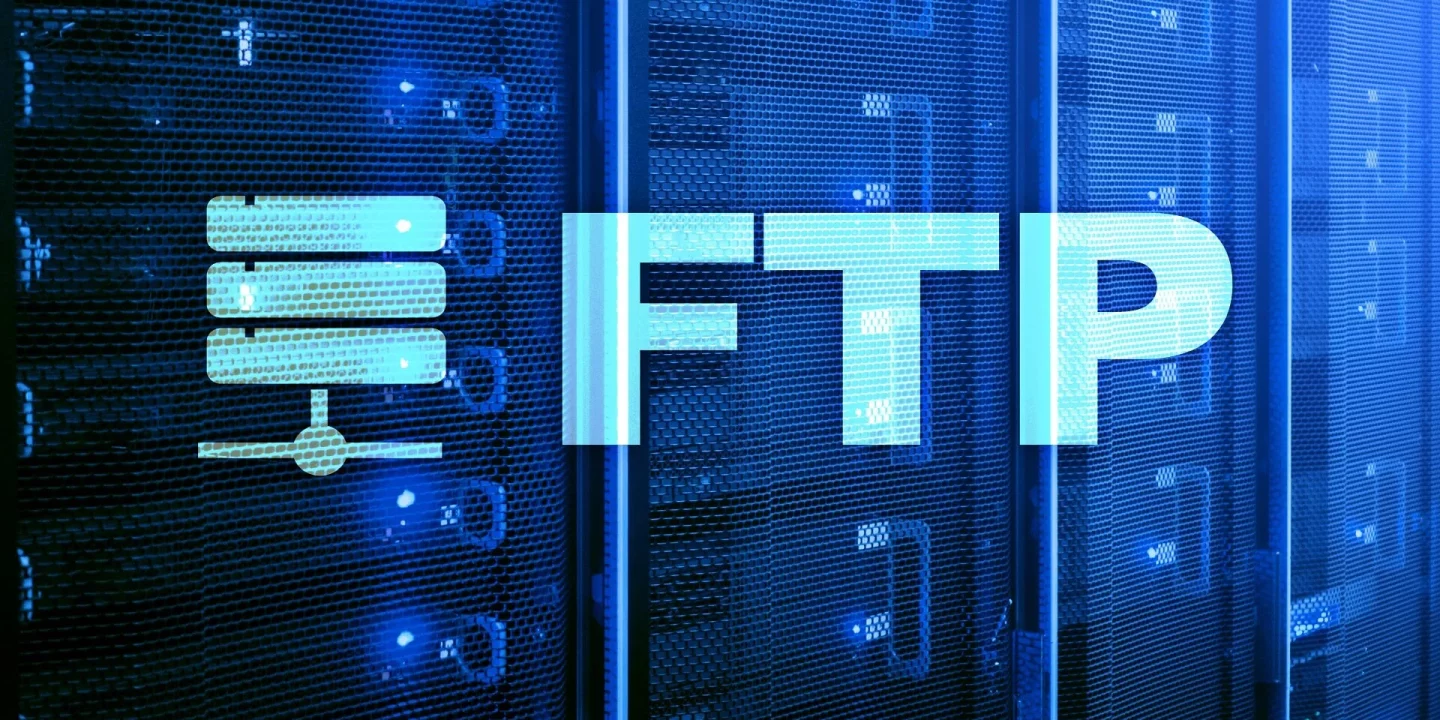
In the realm of digital communication, the need for secure file transfers cannot be overstated. Whether you’re sharing confidential documents, financial records, or other sensitive information, it is imperative to ensure that your data remains protected from unauthorized access and interception. Secure File Transfer Protocol (SFTP) is a powerful solution designed to address these security concerns and facilitate safe and reliable file transfers.
Understanding Secure File Transfer Protocol (SFTP)
Secure File Transfer Protocol (SFTP) is a network protocol that enables secure file transfers over a reliable data stream. Built upon the foundation of the SSH (Secure Shell) protocol, SFTP offers a secure and encrypted channel for transmitting files between a client and a server. This ensures the confidentiality, integrity, and authenticity of the transferred data, mitigating the risk of unauthorized access or tampering.
Key Features and Benefits of SFTP
1. Robust Encryption
SFTP employs strong encryption algorithms to protect your data during transit. This ensures that even if intercepted, the information remains unreadable to unauthorized parties. By utilizing industry-standard cryptographic protocols, SFTP ensures the confidentiality of your sensitive files.
2. Authentication Mechanisms
SFTP supports various authentication methods, including password-based authentication, public key authentication, and multi-factor authentication. These mechanisms verify the identity of the connecting parties, ensuring that only authorized individuals can access and transfer files.
3. Data Integrity
Integrity is a critical aspect of secure file transfers. SFTP utilizes hashing algorithms to verify the integrity of transferred files. This ensures that the data remains unchanged during the transfer process, providing assurance that the received files are identical to the originals.
4. Firewall and NAT Friendly
SFTP is designed to work seamlessly with firewalls and Network Address Translation (NAT) devices. It operates on a single port (usually port 22) and can easily traverse firewalls without requiring extensive configuration. This makes SFTP a flexible and reliable solution for secure file transfers across network boundaries.
5. File Access Control
SFTP allows for fine-grained control over file access permissions. It enables you to set specific permissions for files and directories, restricting access to authorized users or groups. This ensures that only authorized individuals can read, write, or modify the transferred files.
Frequently Asked Questions (FAQs)
FAQ 1: How is SFTP different from FTPS?
SFTP and FTPS (FTP over SSL/TLS) are both secure file transfer protocols, but they differ in their underlying architecture. SFTP utilizes SSH for secure communication, while FTPS relies on SSL/TLS. SFTP operates over a single port, making it firewall-friendly, whereas FTPS requires multiple ports for data transfer. Both protocols offer strong encryption, but the choice between them depends on specific requirements and existing infrastructure.
FAQ 2: Can SFTP be used for large file transfers?
Yes, SFTP is well-suited for large file transfers. It handles large file sizes efficiently and reliably, ensuring the secure transfer of data without loss or corruption. SFTP’s robust encryption and integrity checks make it a dependable choice for transferring files of any size.
FAQ 3: Is SFTP platform-dependent?
No, SFTP is platform-independent and can be implemented on various operating systems, including Windows, Linux, and macOS. Clients and servers that support SFTP can communicate and transfer files securely across different platforms, making it a versatile solution for cross-platform file transfers.
FAQ 4: Can SFTP be automated for scheduled transfers?
Yes, SFTP can be easily automated using scripts or specialized software. This enables you to schedule regular file transfers, such as daily backups or data synchronization between servers. By automating SFTP transfers, you can streamline your workflow and ensure the secure and efficient transfer of files.
FAQ 5: Is SFTP compliant with data protection regulations?
Yes, SFTP aligns with data protection regulations and compliance standards, such as the General Data Protection Regulation (GDPR) and the Health Insurance Portability and Accountability Act (HIPAA). By leveraging SFTP for file transfers, you can demonstrate your commitment to data security and meet the requirements imposed by regulatory bodies.
Conclusion
Securing your data during file transfers is of utmost importance in today’s digital landscape. With the increasing prevalence of cyber threats, implementing robust security measures is essential to protect sensitive information. Secure File Transfer Protocol (SFTP) offers a powerful solution for secure and reliable file transfers, ensuring the confidentiality, integrity, and authenticity of your data. By leveraging the key features and benefits of SFTP, you can establish a strong foundation for secure file transfers and safeguard your valuable information from unauthorized access or interception. Embrace the power of SFTP and take control of your data security today.






